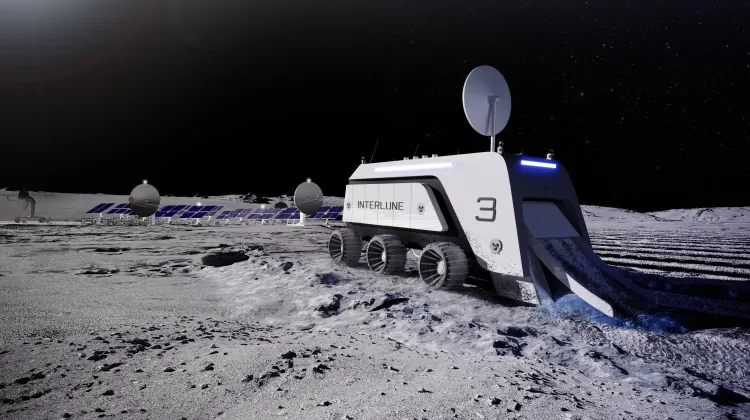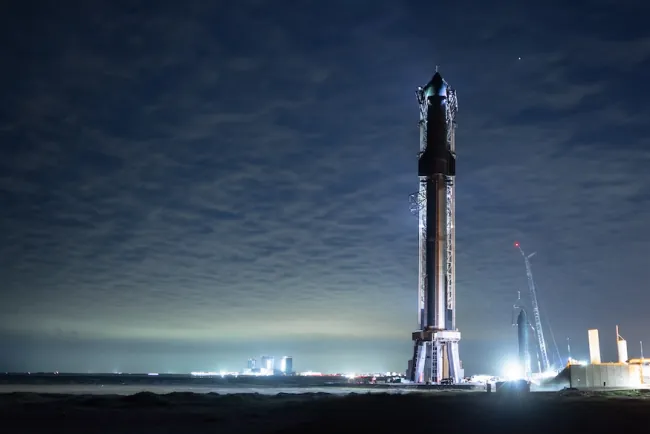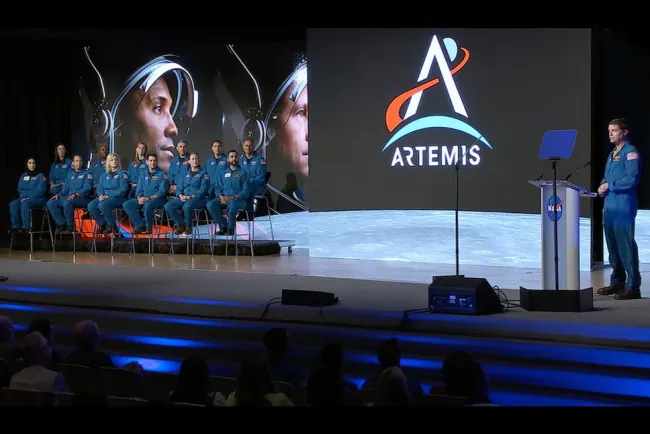Revolutionizing Space: The Race for Moon's Helium-3
Former Blue Origin employees launch Interlune, a startup dedicated to mining Helium-3 from the Moon, potentially transforming industries like nuclear fusion and quantum computing.

Outline:
- Introduction
- Background on the increasing demand for Helium-3
- Overview of Interlune's mission and funding
- Why Helium-3?
- Significance of Helium-3 in various industries
- The abundance of Helium-3 on the Moon vs. scarcity on Earth
- The Founders of Interlune
- Profiles of Rob Meyerson, Gary Lai, and Harrison Schmitt
- Their vision for harvesting lunar resources
- Technological and Economic Feasibility
- Current state of lunar resource extraction technology
- Economic potential of mining Helium-3
- Interlune's Roadmap
- Details on the planned robotic lander mission
- Strategy for verifying Helium-3 levels on the Moon
- Implications for the Space Economy
- The role of the Space Resource Exploration and Utilization Act
- Potential impact on industries reliant on Helium-3
- Challenges and Regulatory Considerations
- Technological hurdles to lunar mining
- Ethical and regulatory issues surrounding space resource extraction
- Conclusion
- The future prospects of lunar mining
- How Interlune could lead a new era in space economy
Explore the potential of lunar Helium-3 mining with Interlune's pioneering mission.
Revolutionizing Space: The Race for Moon's Helium-3
The race to harvest the Moon's resources has begun, with Helium-3 at the forefront of this cosmic gold rush. Seattle-based startup Interlune, founded by former Blue Origin luminaries and an Apollo 17 astronaut, is leading the charge with its ambitious plan to mine Helium-3 from the lunar surface. This venture could revolutionize industries such as nuclear fusion and quantum computing, heralding a new era in the space economy.
Why Helium-3?
Helium-3, a rare isotope on Earth, is abundant on the Moon, thanks to billions of years of solar wind bombardment. Its potential in supporting clean nuclear fusion reactions without radioactive waste has made it a coveted resource, alongside its applications in quantum computing, medical imaging, and national security.
The Founders of Interlune
The brains behind Interlune—Rob Meyerson, Gary Lai, and Harrison Schmitt—bring a unique blend of space exploration experience and visionary zeal to the table. Their combined expertise sets the stage for a groundbreaking venture that aims to tap into the lunar Helium-3 reserves, turning science fiction into reality.
Technological and Economic Feasibility
With the Space Resource Exploration and Utilization Act backing them, Interlune's founders believe that mining natural resources from the Moon is not only technologically possible but also economically viable. The company's initial focus on Helium-3 extraction could provide a significant boost to emerging and critical industries on Earth.
Interlune's Roadmap
Starting with a robotic lander mission to verify Helium-3 levels, Interlune's strategic roadmap outlines a careful approach to confirming the feasibility of lunar mining operations. This mission is crucial for assessing the economic potential of Helium-3 extraction and setting the stage for future endeavors.
Implications for the Space Economy
Interlune's venture into lunar mining opens up vast opportunities for the space economy, offering a sustainable source of Helium-3 for Earth's industries. It also sets a precedent for the utilization of extraterrestrial resources, potentially accelerating technological advancements currently limited by resource scarcity.
Challenges and Regulatory Considerations
While the prospect of lunar mining is exciting, it brings technological, ethical, and regulatory challenges. The absence of a comprehensive framework governing space resource extraction poses questions about the environmental impact and the potential for interstellar resource conflicts.
Conclusion
Interlune's pioneering mission to mine Helium-3 from the Moon could mark the beginning of a lucrative era in the space economy, transforming industries and propelling human technological advancement forward. As we stand on the brink of this new frontier, the possibilities are as boundless as space itself.
What's Your Reaction?






















